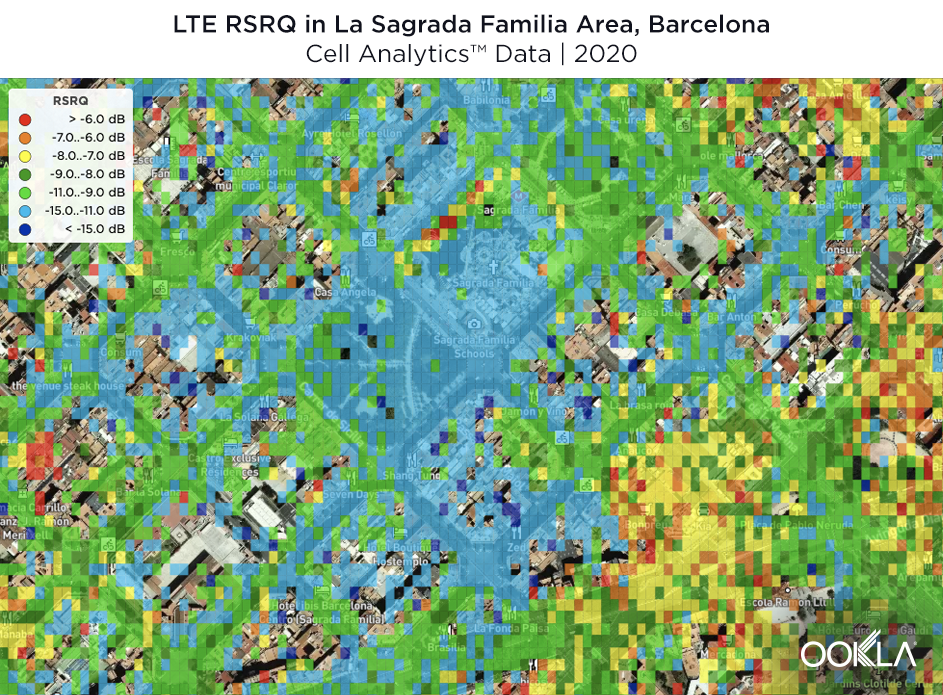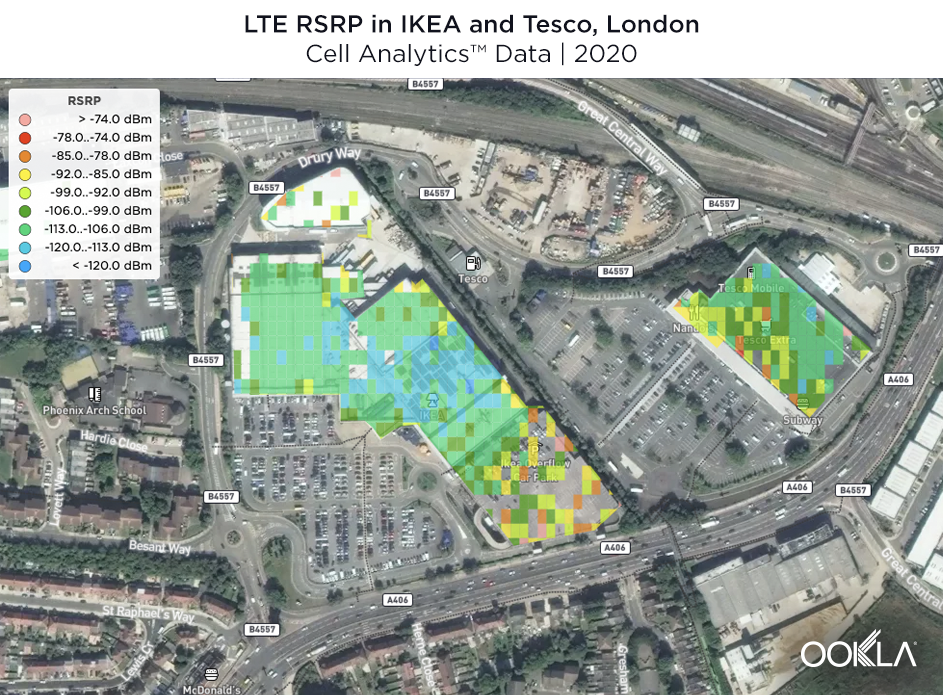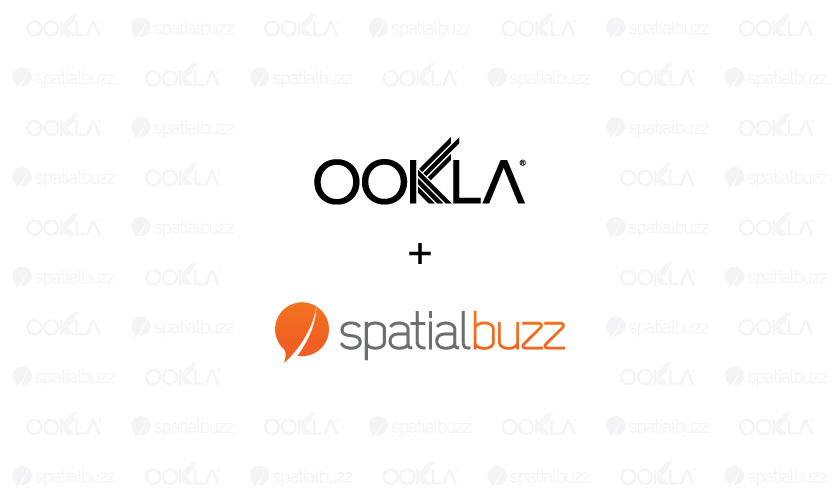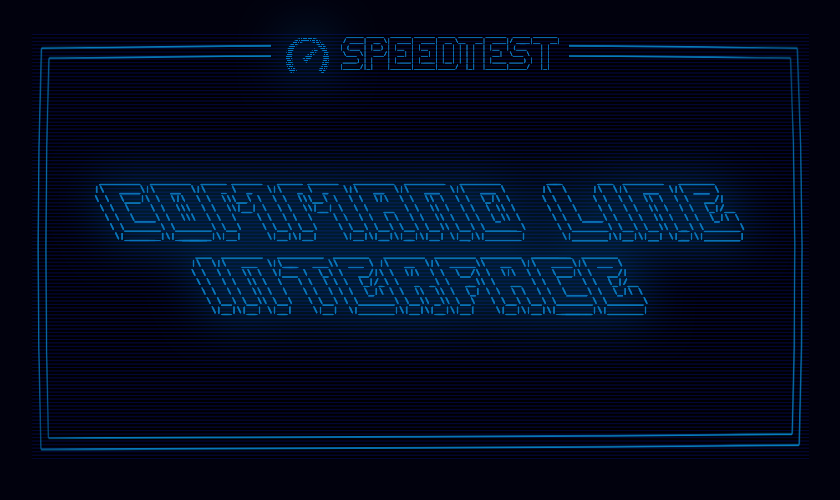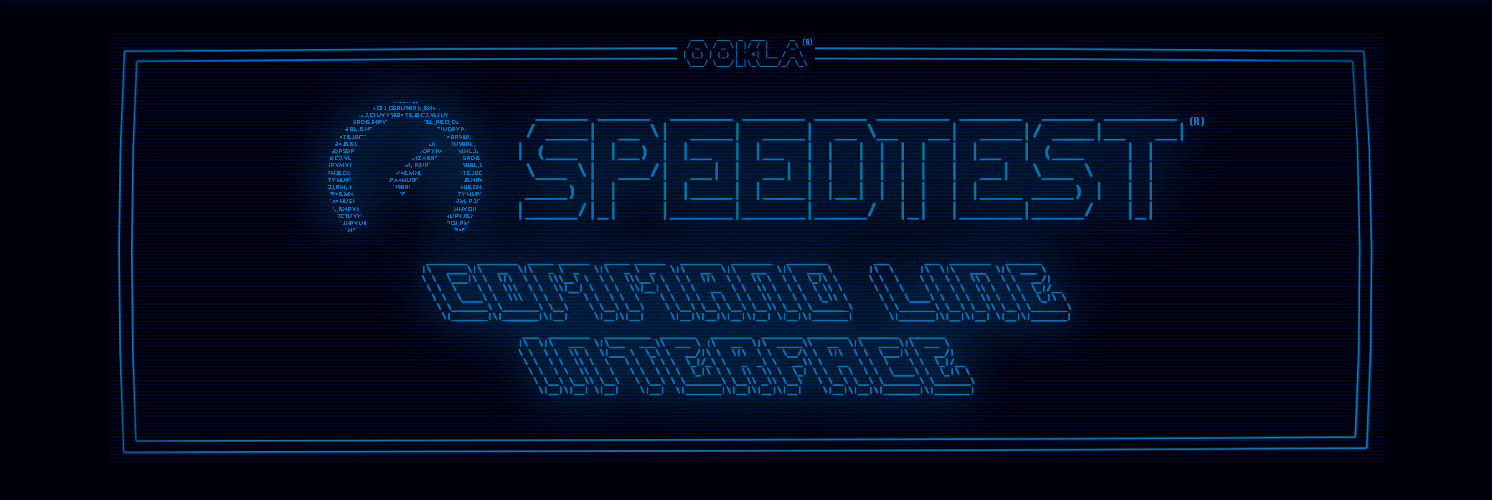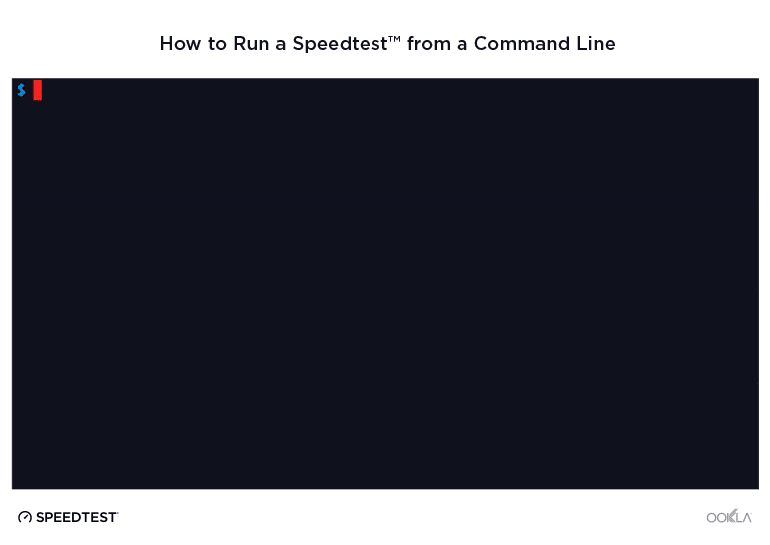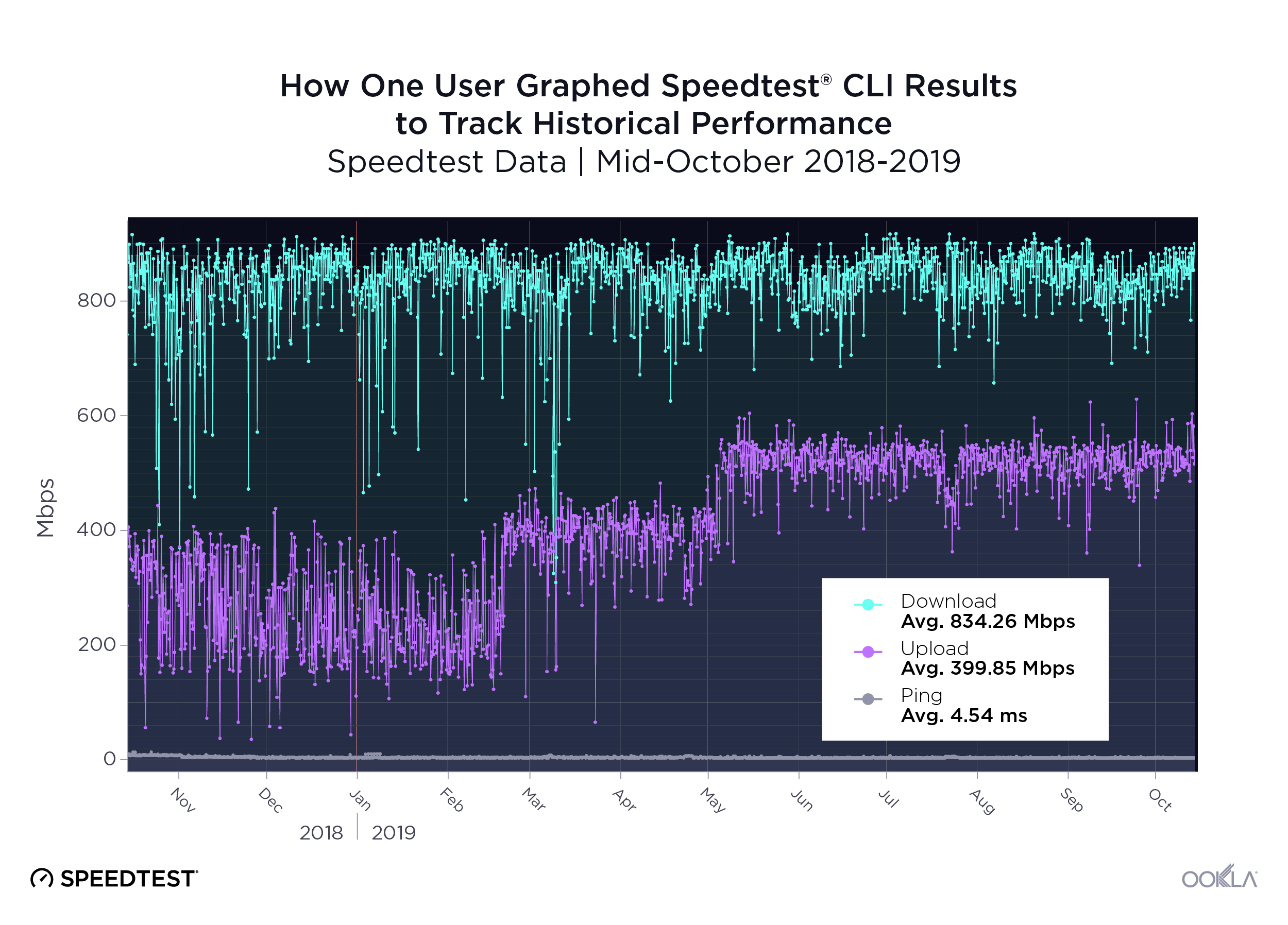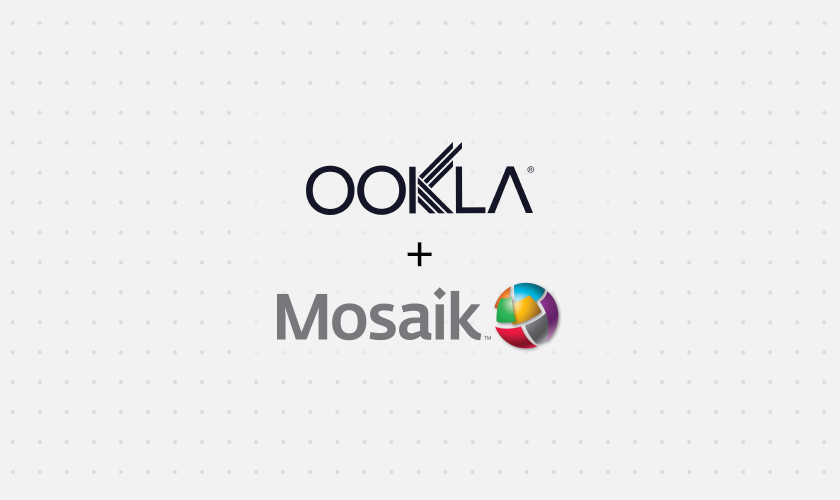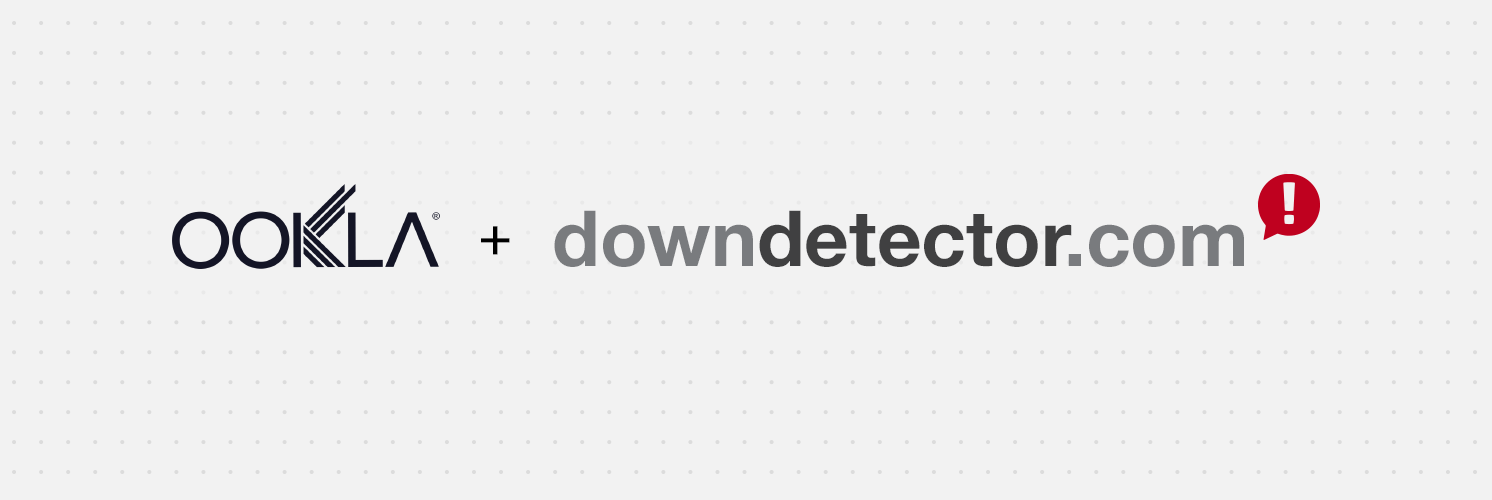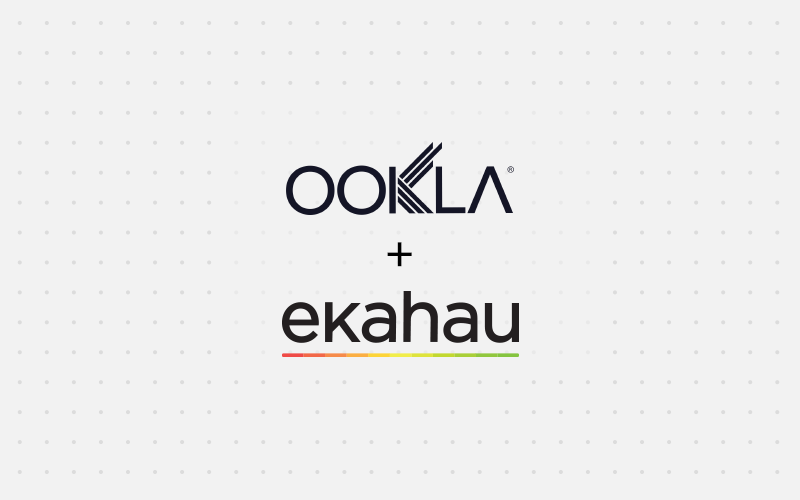
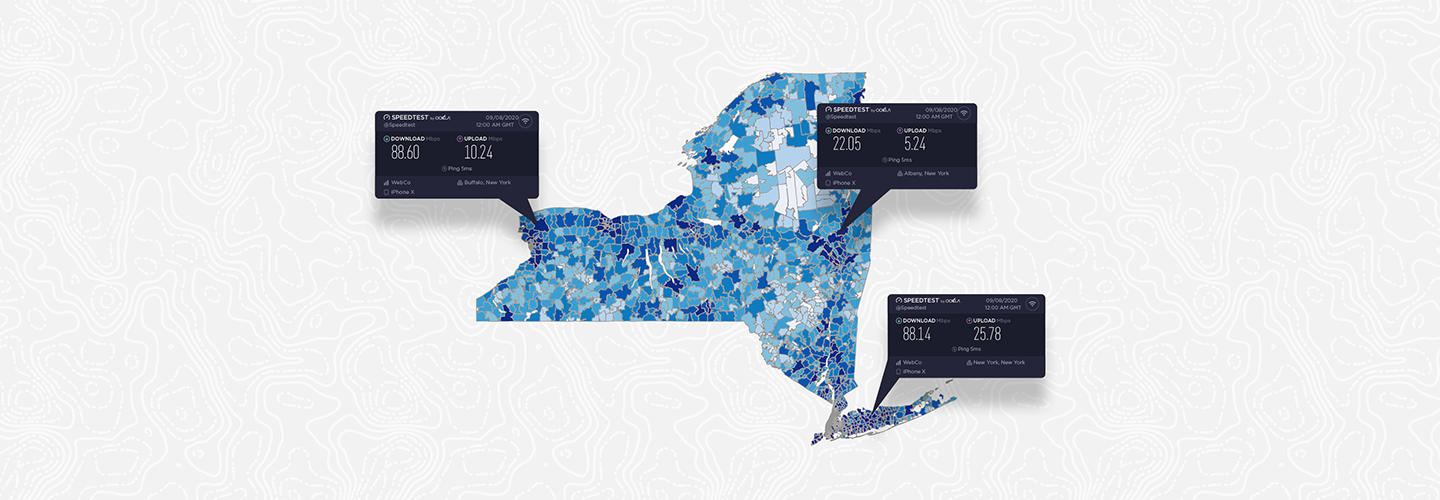
Speed and responsiveness are critical elements when identifying and resolving customer-impacting network performance issues. Unfortunately, it hasn’t always been easy for internet service providers (ISPs) and mobile network operators to connect internal monitoring system flags to individual customer problem reports. Even once that connection is made, most providers lack a simple way to proactively respond to known performance issues via customer care.
Fortunately, real-time insights into network performance can help providers proactively identify degradation, effectively communicate with customers via traditional customer care flows and social media, and strategically deploy engineers to the most deeply affected areas.
In the Ookla® webinar on October 8, we’ll share three real-world use cases where ISPs and mobile operators are using real-time feeds of Speedtest® data to improve their network operations centers (NOC) and customer care responses. Read on for three examples of how the world’s leading network providers are approaching real-time performance issues.

1. Monitor network performance in real-time to proactively identify customer issues
Data collected via Speedtest Intelligence™, Speedtest Custom™ or a Speedtest SDK™ can be ingested via real-time feeds. These feeds can either connect to Amazon Web Services solutions such as Simple Queue Services (SQS) or to a webhook API. This allows for tight integration of real-time network performance information directly into critical provider services, including customer care.
2. Create NOC dashboards to identify regions and specific locations experiencing performance degradation
Often, consumers report performance issues before internal monitoring tools can detect a trend. Speedtest data can be pulled from real-time feeds to identify individual outliers or arbitrary regions (e.g., a postal code, state or territory) for further investigation. This data can be correlated with network probe data in real-time to provide deeper insights into issues impacting regional performance.
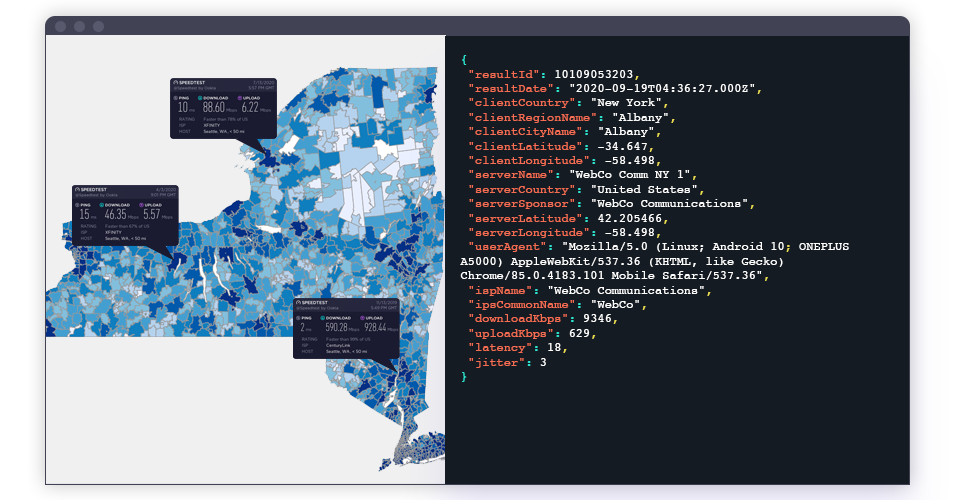
3. Integrate Speedtest data into customer care workflows to help troubleshoot connection issues in real-time
Customer speed tests are already an important component of most customer care workflows — whether taken via a network provider’s own system, Speedtest applications or an operator’s Speedtest SDK instance. While simply identifying whether an internet connection performs as provisioned is a critical first step in troubleshooting customer network issues, additional information is often necessary to truly understand the root cause of an issue. Speedtest real-time feeds deliver this information directly to customer care systems, helping teams understand how factors like connection type, technology, signal level and Wi-Fi band frequency impact an end user’s individual experience.
The webinar on Thursday, October 8 at 9 a.m. Pacific (12 p.m. Eastern) will show these solutions in action. Don’t miss it. A recording will be provided for registrants who can’t tune in to the live presentation. Register now.
Ookla retains ownership of this article including all of the intellectual property rights, data, content graphs and analysis. This article may not be quoted, reproduced, distributed or published for any commercial purpose without prior consent. Members of the press and others using the findings in this article for non-commercial purposes are welcome to publicly share and link to report information with attribution to Ookla.








